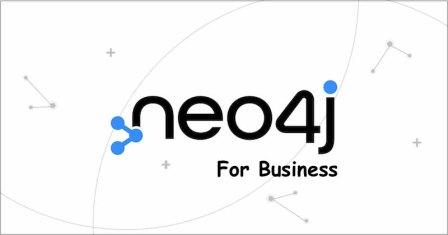Most people are aware that a new trend in data management today is NoSQL. The NoSQL movement has put forth many new technologies that are revolutionizing how companies manage their unstructured data. One of the popular players in this space is Neo4j consulting, a graph database that allows developers to create applications with highly flexible and scalable relationships between data entities.
Performance
A sophisticated database like Neo4j can provide better performance than traditional RDBMS technology because it can handle highly complicated relationships between data entities. For example, if you have a particular set of users who are managers of other groups of users. It would be difficult to determine all the subordinates under a given manager in an RDBMS without additional processing or application logic. The flexible nature of graph databases allows you to find these relationships with simple traversal operations quickly.
Flexibility Is The Main Benefit
When developers design an application, they need to think about how the data will be used and stored. In many cases, storing entities in a relational table does not make sense from a performance or flexibility point of view. For example, imagine you have thousands of products with similar characteristics such as colour, size, etc., but there is a need to store data like the price. A traditional RDBMS would require you to create multiple tables or use a third-party option like an ORM that requires additional coding, which may not suit your application.
But with graph databases like Neo4j, there is no need to alter your current structure because it feels like one big table. Furthermore, Neo4j consulting offers you the flexibility to normalize your data across multiple nodes if the performance gain warrants it.
Security
Imagine that a user has a username and permission defined on a network resource. In a relational database, this would be a critical foreign relationship. With Neo4j, it could be represented as a single node that is connected to the other related nodes by relationships.
In addition to these benefits, graph databases can store both structured and unstructured data types making it the best of both worlds from a storage perspective. Since Neo4j natively supports relationships, it is a perfect fit for an extensive range of business problems, including:
Electronic Commerce
Graph databases are ideal for eCommerce applications because of how flexible they are and their ability to store structured and unstructured data. It is excellent for an online retailer that has millions of products.
Finding Related Data
Neo4j is also ideal for finding related data across large sets of nodes. Suppose you have hundreds and thousands of products with similar characteristics, such as colour and size. By utilizing traversal operations on the graph, it is possible to find all black items in size medium without performing complex join queries against multiple tables.
Reverse Engineering Data Models with the Graph Data Model
Reverse engineering existing data models are simpler with graph databases because relationships are defined instead of inferred through foreign keys. This means that it is possible to quickly see all users belonging to a given department, making it easier when applications need to scale without altering legacy schemes.
Therefore, graph databases are becoming more popular because they are the ideal solution for so many business problems. Graph database’s flexibility, performance, and security make them a potent tool for handling large amounts of corresponding data.